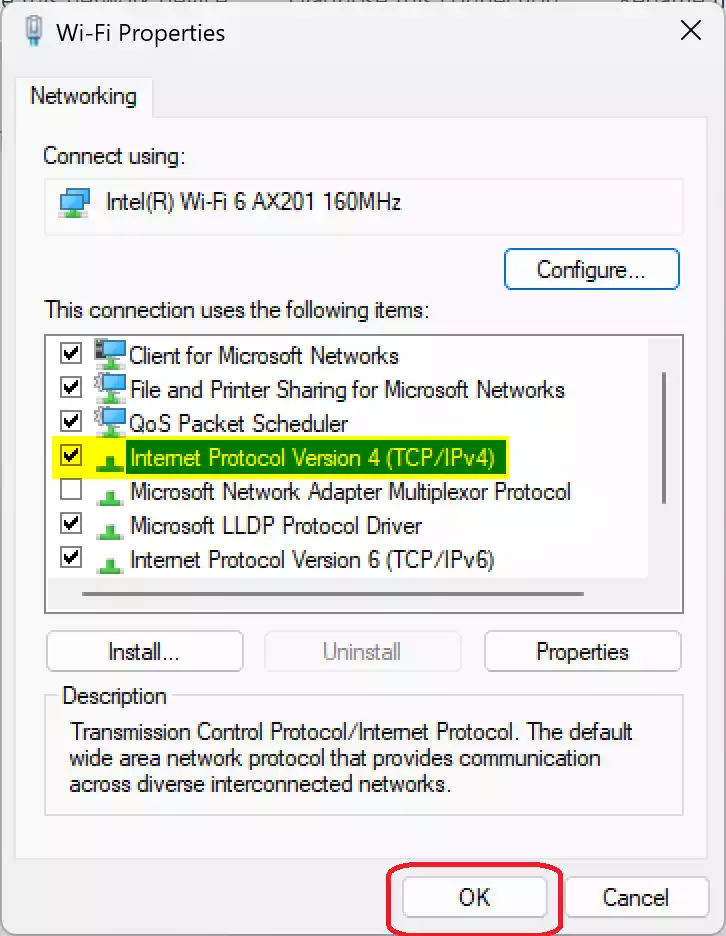If you’ve ever wondered how devices communicate over the internet, you’ve likely come across the term “IPv4.” While it might sound like a technical jargon, IPv4 plays a crucial role in connecting the digital world we know today. In this user-friendly article, we’ll break down the basics of IPv4, explain why it’s essential, and how it keeps the internet running smoothly.

What is IPv4?
IPv4 stands for “Internet Protocol version 4.” It is a set of rules that govern how devices, such as computers, smartphones, and servers, can send and receive information across the internet. Think of it as the address system for the online world, just like your home address helps the mail carrier deliver letters to your doorstep.
Understanding IPv4 Addresses
Every device connected to the internet is assigned a unique IPv4 address, which is a series of four numbers separated by periods, like 192.168.0.1. Each number in the address can range from 0 to 255, giving a vast number of possible combinations.
The first part of the address represents the network identifier, which identifies the network the device is connected to. The second part, known as the host identifier, distinguishes the specific device within that network.
How do Devices Communicate with IPv4?
When you want to visit a website, send an email, or stream a video, your device needs to know the destination’s IPv4 address. It’s like typing the address of a website into your browser’s address bar. Once your device knows the destination address, it sends data packets through the internet to the target device.
Imagine you’re sending a digital postcard to your friend. Your device breaks down the postcard into small data packets, each containing a part of the message. These packets travel independently through various routers and networks on the internet. When they reach their destination, they are reassembled into the complete postcard, and your friend receives the message.
Challenges with IPv4
While IPv4 has served us well for decades, it has faced a significant challenge: a limited number of available addresses. With the explosive growth of the internet and the increasing number of devices, we are running out of unique IPv4 addresses.
To tackle this problem, a new version called IPv6 was introduced, offering an almost unimaginable number of addresses. However, transitioning entirely to IPv6 takes time, and IPv4 is still widely used.
The Role of Network Address Translation (NAT)
To deal with the shortage of IPv4 addresses, many homes and businesses use a technology called Network Address Translation (NAT). NAT allows multiple devices within a local network to share a single public IPv4 address.
It’s like having an apartment building with many residents, all sharing the same street address. The building’s main entrance (public IP address) leads to a lobby (NAT router), where the receptionist (NAT router) keeps track of which resident (device) requested which package (data packet).
Ensuring Security with IPv4
As with any technology, security is essential when using IPv4. Firewalls and other security measures help protect devices from unauthorized access and potential threats from the internet.
The Future of IPv4
IPv4 remains an integral part of the internet, coexisting with IPv6. While IPv6 adoption continues to grow, IPv4 is still widely supported and used across the world. Internet Service Providers (ISPs) and tech companies are working on solutions to ensure a smooth transition to IPv6 in the future.
Conclusion
IPv4 might seem like a complex concept, but it’s the backbone of the internet that enables devices to communicate and exchange data across the globe. Understanding IPv4 helps us appreciate the ingenuity behind our interconnected world and the ongoing efforts to maintain a stable and secure Internet infrastructure. As technology continues to evolve, both IPv4 and IPv6 will play vital roles in shaping the digital landscape for years to come.
